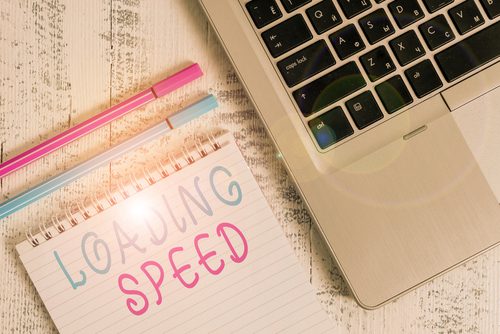
How To Improve Your PageSpeed Score For Your WordPress Website
The Google PageSpeed consists of a free set of tools that helps in evaluating how fast your site loads. Here, it offers your site 2 speed scores that go till 100, where one is for desktop and the other for mobile. You need to aim for 90 at least when it comes to the score. If it’s under 50, then there is an urgent need for improvement.
You need to have a fast WordPress site to succeed in this digitally-dominated world. If your site is taking too long to load, then the users will exit and abandon your page. You will end up losing a lot of traffic. So, we will be discussing some crucial key pointers to improve your PageSpeed score today.
Image Optimisation
Your website will take a longer time to load when it has oversized images. So, you need to optimise them by choosing to resize and compress the picture files. In this way, you can easily retrieve and load content faster. You should always edit your picture prior to uploading it on your website.
You can resize images or change their file type to optimise the image file size. Another way would be by installing an image optimisation plugin on your site. We would recommend you to go for “Smush”, a plugin which automatically optimises and compresses your images as they are uploaded to the WordPress Media Gallery.
Cleaning Database
Another smart way to speed up your site is by giving it a thorough clean up. Your site will get more clogged when you continuously use WordPress. It will slow down due to all the unwanted files. We would suggest trustworthy cleaning tools such as Advanced Database Cleaner.
Enable GZIP Compression
Here, the files of your website are transferred between the users’ browsers and your server in a lightweight type of compressed version. It causes the browsers to easily retrieve and also load your site quickly. These days, many themes come with an option to enable or disable GZIP compression to speed up your website. If your theme does not offer this option, there are also plugins you can install to enable this behaviour.
Allow Caching
When you enable caching, the data of your site is locally stored in a temporary type of storage space known as “Caches.” It allows your browser to easily load all the website files, preventing the process of re-downloading everything through your server each time your website is required.
Minifying CSS, JS, & HTML Files
You need to minify your JavaScript, CSS styles and HTML files to improve the score of Google PageSpeed. Basic minification is the process of removing all unnecessary characters, whitespace and comments in the source code which can help to improve the file size.
Prioritising Mobile Friendliness
You need to think about mobile whenever you design and optimise your website’s speed. Why? Well, it’s because Google utilises the mobile mode of sites in its rankings. You need to come up with a WordPress theme that is responsive to acquire a faster mobile loading. In this way, your site will adapt well and display with ease on smaller screens.
Updating Plugins
Plugins that are duplicate, poorly designed or the ones with outdated software contributes to a slow site. Both the plugin’s usefulness and quality affect the speed of the page. So, you should make it a priority to run a test on the Google PageSpeed prior to and post any plugin installation.
It will display the plugin’s impact on your website’s speed. In this way, you can successfully make a well-rounded decision on whether the functionality of the plugin is worth the website slowing. You should also look for updates via the dashboard of your website.





